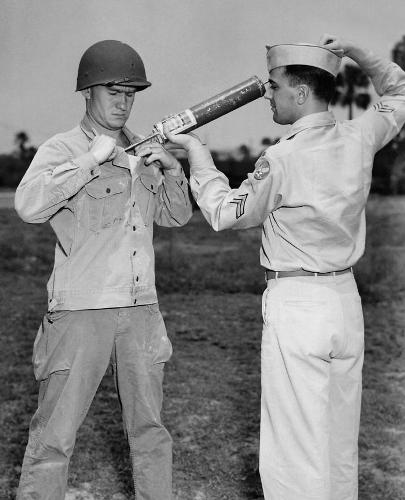10 Facts about DDT
Facts about DDT give the useful information about the organochlorine which has tasteless, colorless, odorless and crystalline characteristics. DDT stands for dichlorodiphenyltrichloroethane. People recognize DDT because of the environmental impacts as well as the insecticidal properties. There are various forms of DDT formulations. You can find it in charges of lotions, aerosols, solution in xylene, granule and smoke candles. Here are other interesting facts about DDT to notice:
Facts about DDT 1: the synthesis of DDT
In 1939, Swiss chemist Paul Hermann Müller discovered the insecticidal action of DDT even though this chemical had been synthesized for the first time in 1874.
Facts about DDT 2: the use of DDT during Second World War
DDT was used to control typhus and malaria during the latter half of Second World War.

DDT Images
Facts about DDT 3: the use of DDT after the World War II
The production of DDT was subsequently improved after the World War II because people began to use it in their agricultural fields. It was used by the people as pesticide to fight against the harmful insects.
Facts about DDT 4: the Nobel Prize
A Nobel Prize in Physiology or Medicine was awarded for Muller because of his contribution for discovering the usage of DDT for combating some arthropods.

Facts about DDT
Facts about DDT 5: Silent Spring
Silent Spring was a book by Rachel Carson published in 1962. The book concerned about the extensive usage of DDT which presented the environment impacts. She believed that DDT and other types of pesticides were the causes of cancer. In 1972, U.S. banned the usage of DDT in agriculture.
Facts about DDT 6: the first synthesis of DDT
Othmar Zeidler synthesized DDT for the first time in 1874. Adolf von Baeyer supervised Zeidler’s act. W. Bausch elaborated DDT in 1929.

DDT
Facts about DDT 7: the use of DDT in South Pacific
In the past, DDT was used in South Pacific to fight against the dengue fever and malaria. It had amazing effect after being aerially sprayed.
Facts about DDT 8: the risk of pancreatic cancer
The risk of having pancreatic cancer was increased based on two cases control studies about the DDT exposure. Get facts about Copper here.

DDT Spray
Facts about DDT 9: the anti malaria campaigns
There were 12 countries which used DDT during the anti malaria campaigns as of 2008. Check facts about Curium here.
Facts about DDT 10: the banned DDT
The usage of DDT was banned on agriculture in 1970s and 1980s. In 1968, Hungary did it for the first time.

DDT Pictures
What do you think on facts about DDT?



